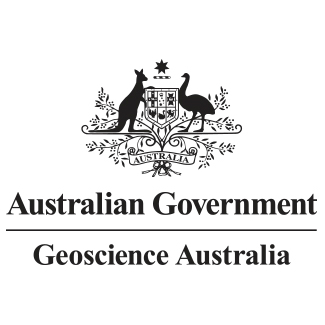Brief description
The Timor Sea and its tropical marine environment support significant and growing economic activity including oil and gas exploration. To reduce uncertainty in decision making regarding the sustainable use and ongoing protection of these marine resources, environmental managers and resource users require sound scientific information on the composition and stability of seabed environments and their biological assemblages. Surveys SOL4934 and SOL5117 to the eastern Joseph Bonaparte Gulf were undertaken in August and September 2009 and July and August 2010 respectively, in collaboration with the Australian Institute of Marine Science, with research collaborations from the RAN Australian Hydrographic Office, the Geological Survey of Canada and the Museum and Art Gallery of the Northern Territory. The purpose of these surveys were to develop biophysical maps, and deliver data and information products pertaining to complex seabed environment of the Van Diemen Rise and identify potential geohazards and unique, sensitive environments that relate to offshore infrastructure. This dataset comprises concentrations of Fe, Mn, Co, Cu, Zn, Ge, As, Cd and Pb in seabed sediments (0-2 cm) that were extracted in cold, dilute HCl. Some relevant publications are listed below: 1. Heap, A.D., Przeslawski, R., Radke, L., Trafford, J., Battershill, C. and Shipboard Party. 2010. Seabed environments of the eastern Joseph Bonaparte Gulf, Northern Australia: SOL4934 Post Survey Report. Geoscience Australia Record 2010/09, pp.81. 2. Anderson, T.J., Nichol, S., Radke, L., Heap, A.D., Battershill, C., Hughes, M., Siwabessy, P.J., Barrie, V., Alvarez de Glasby, B., Tran, M., Daniell, J. & Shipboard Party, 2011b. Seabed Environments of the Eastern Joseph Bonaparte Gulf, Northern Australia: GA0325/Sol5117 - Post-Survey Report. Geoscience Australia, Record 2011/08, 58pp. 3. Radke, L.C., Li, J., Douglas, G., Przeslawski, R., Nichol, S, Siwabessy, J., Huang, Z., Trafford, J., Watson, T. and Whiteway, T. Characterising sediments of a tropical sediment-starved continental shelf using cluster analysis of physical and geochemical variables. Environmental Chemistry, in pressLineage
Maintenance and Update Frequency: asNeededIssued: 2014
text: westlimit=129.46056; southlimit=-12.40465; eastlimit=130.06327; northlimit=-10.29883
User Contributed Tags
Login to tag this record with meaningful keywords to make it easier to discover
Download the data (xlsx)
uri :
https://d28rz98at9flks.cloudfront.net/82529/82529_Eastern_Timor_Sea_Extractable_Elements_III.xlsx![]()
- DOI : 10.4225/25/54B865AD75C31

- URI : pid.geoscience.gov.au/dataset/ga/82529

- global : 08cdd541-9e89-06af-e054-00144fdd4fa6


